What is in your farm’s microbial terroir?
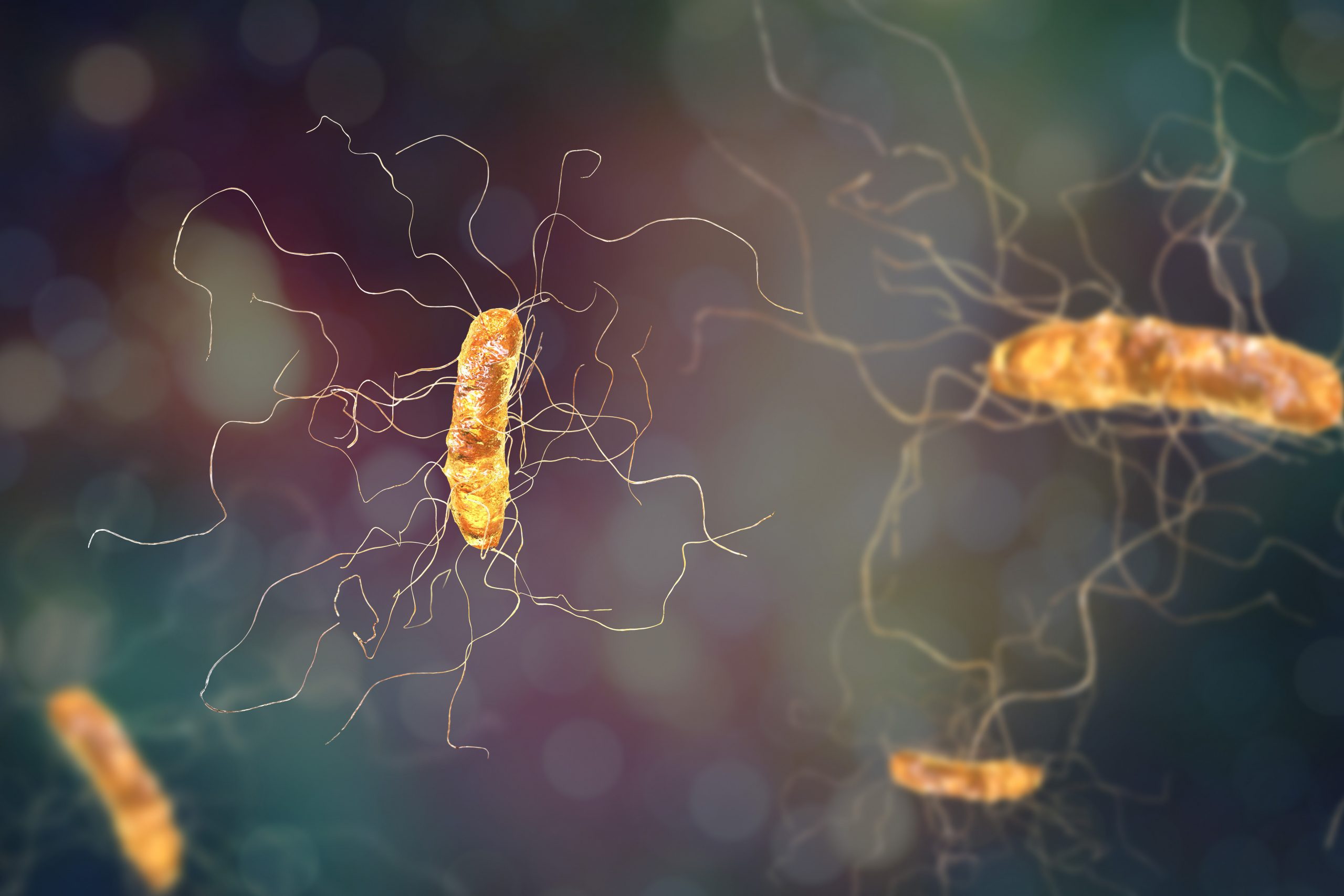
If you’re familiar with wine, you may have heard of terroir. It is what makes the wine of Napa Valley, California, unique from Sonoma County, California, and from one vineyard to the next—and different still from vineyards in France, Italy, Australia or anywhere else in the world.
Terroir is loosely translated as a sense of place. It is the embodiment of the sum of the effects of a local environment on the characteristics of a product. Microbial terroir is the unique microbiota that make-up your farm’s environment. It is that simple and that complex.
Agriculture’s microbial terroir
In the case of dairy, beef, swine and poultry, a farm’s terroir would include housing facilities, feed, bedding, water, air and weather (temperature, humidity), as well as rodents or other transient visitors. It also includes microorganisms (bacteria, yeast, moulds, viruses) found throughout the farm, meaning microbial terroir embraces virtually anything and everything that touches the farm and its animals.
It’s all the things – seen and unseen – that make an individual site and its inhabitants unique from all other operations, near and far. The various components that make up a farm’s unique microbial terroir explain why the farm next door has different health challenges than yours, even though your systems may be remarkably similar. It’s why certain management tools work in one poultry complex and not in others. Or why calf scours hits one herd with more frequency and severity than another.
Application advantages
Dairy, beef, swine and poultry producers are coming to understand that they can use the concept and technology of microbial terroir to uncover and better recognise the specific disease challenges on their farm, often stemming from strains of E. coli, Salmonella, clostridia and others. For instance, 99.8% of all bovine manure samples analysed by our lab have tested positive for clostridia.
In some cases, the farm was very aware of the problem, having struggled with haemorrhagic bowel syndrome (HBS) and other negative effects but didn’t know why or how to reduce the consequences. In other circumstances, the presence of clostridia was unknown, but the farm wrestled with digestive upsets and other subclinical health issues that lowered animal productivity.
Apply the unseen
The solutions to these and other health challenges harnesses the distinct and beneficial bacteria within microbial terroir to improve animal and agricultural productivity. Using sampling protocols and advanced molecular biological techniques, we map out the complex microbial terroir that shapes – and enhances – the gastrointestinal (GI) tract of animals within your herd or flock. We develop a customised solution from our database of proprietary Bacillus strains to effectively combat pathogens.
The process is outlined in this chart:

To accomplish this:
- Samples are gathered and analysed to assess bacterial challenges.
- Results are used to determine which strains of beneficial Bacillus strains will best address the harmful organisms found.
- Individualised solutions are developed and added to diets as a feed additive to feedstuffs based on analysis results that address specific challenges.
- Continuous service and follow-up monitoring are implemented to facilitate long-term success.
Results from this holistic analysis can help make the uncertain certain by developing and utilising customised products to solve problems and meet previously unmet needs. Ultimately, these solutions help change the pathogen profile of a farm, lower harmful bacterial loads of animal GI tracts and enhance animal health and productivity.
For more information, visit AHanimalnutrition.com.
Author: Dr Thomas Rehberger, director of innovation and product development, Arm & Hammer Animal Nutrition
Join 26,000+ subscribers
Subscribe to our newsletter to stay updated about all the need-to-know content in the feed sector, three times a week. Beheer
Beheer
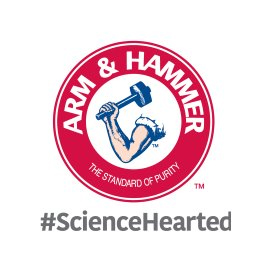

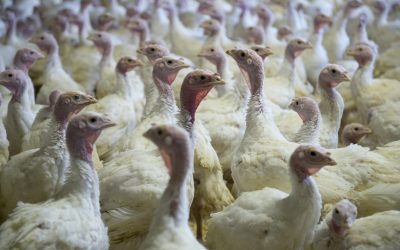
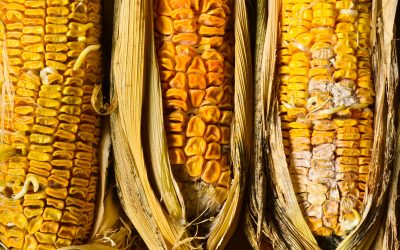
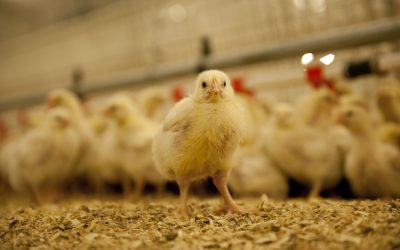
 WP Admin
WP Admin  Bewerk bericht
Bewerk bericht